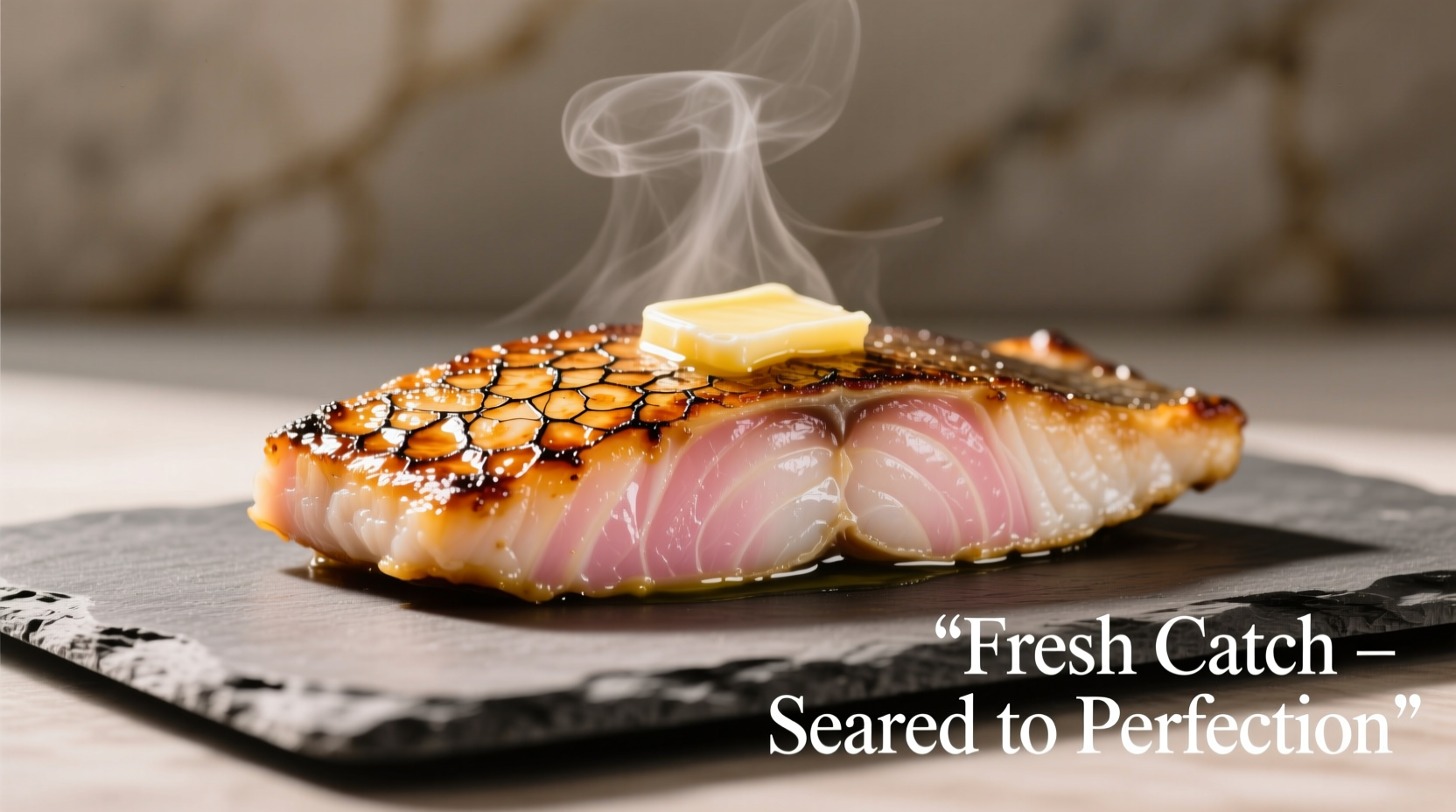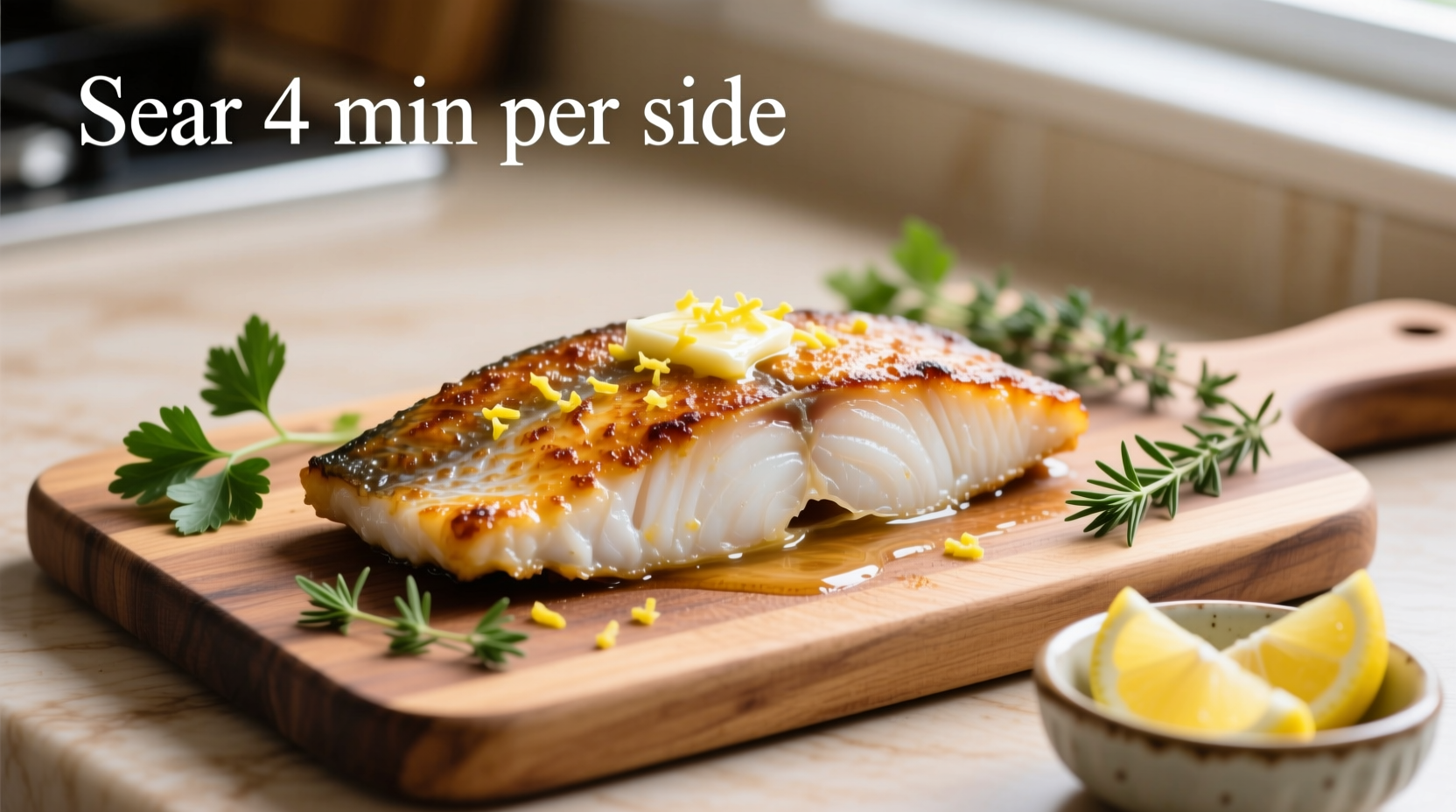Master Halibut Cooking: Why This Delicate Fish Deserves Your Attention
Halibut's firm texture and mild flavor make it one of the most versatile fish for home cooking, but its low fat content means it can easily become dry if mishandled. Unlike salmon or mackerel, halibut lacks protective fat layers, requiring precise temperature control and timing. According to the NOAA Fisheries database, properly cooked halibut maintains 20 grams of protein per 3-ounce serving while preserving its delicate omega-3 fatty acid profile.
Your Halibut Success Roadmap: From Selection to Serving
Step 1: Choosing and Preparing Quality Halibut
Before you even consider cooking methods, proper selection determines your outcome. Fresh halibut should have:
- Translucent, moist appearance (not dried or yellowed)
- Firm texture that springs back when pressed
- Sweet ocean smell (never fishy or ammonia-like)
- Clear, bulging eyes if purchasing whole fish
According to Oregon State University's Seafood Extension Program, "The window between perfectly cooked and overcooked halibut is just 90 seconds at standard cooking temperatures." Always pat fillets thoroughly dry with paper towels before cooking—moisture creates steam that prevents proper searing.
Step 2: Four Foolproof Cooking Methods Compared
| Cooking Method | Temperature | Cooking Time | Best For | Doneness Indicator |
|---|---|---|---|---|
| Pan-Searing | 400°F | 3-4 min/side | Weeknight meals | Golden crust, flakes easily |
| Baking | 375°F | 12-15 min | Meal prep | Internal 130-135°F |
| Grilling | Medium-high | 4-5 min/side | Summer cooking | Char marks, pulls from grate |
| Poaching | 160-180°F | 8-10 min | Delicate preparations | Translucent to opaque |
Step 3: The Critical Temperature Threshold
Halibut's protein structure begins to denature at 120°F, with optimal texture achieved between 130-135°F. The USDA Food Safety and Inspection Service confirms that 145°F is the safe minimum for fish, but halibut continues cooking off-heat. Remove at 130-135°F for perfect 140°F final temperature.

Step 4: Avoiding the Top Three Halibut Mistakes
Mistake #1: Over-seasoning
Halibut's delicate flavor disappears under heavy spices. The Culinary Institute of America recommends "a light touch with seasonings—let the fish shine with just lemon, salt, and fresh herbs."
Mistake #2: Moving too soon
When pan-searing, wait until the fish releases naturally from the pan. Forcibly flipping creates ragged edges and prevents proper crust formation.
Mistake #3: Skipping resting time
Allow 3-5 minutes resting after cooking. This lets proteins relax and redistribute moisture, preventing dryness when cutting.
Step 5: Perfect Pairings for Your Halibut
Complement halibut's mild flavor with these chef-recommended combinations:
- Lemon-caper sauce - Bright acidity balances richness
- Roasted asparagus - Texture contrast with similar cooking time
- Citrus-herb rice - Absorbs pan drippings beautifully
- Sauvignon Blanc - Wine acidity cuts through any oiliness
Halibut Cooking Timeline: From Market to Plate
Understanding halibut's cooking evolution helps prevent mistakes. This timeline shows critical temperature points:
- 32°F - Proper storage temperature (never above 40°F)
- 120°F - Proteins begin denaturing (translucent appearance)
- 130-135°F - Ideal removal temperature (medium-rare)
- 140°F - Perfect serving temperature (opaque, flakes easily)
- 150°F+ - Overcooked (dry, rubbery texture)
Professional chefs at the James Beard Foundation note that "halibut's low fat content means it has no margin for error—timing must be precise." Unlike fattier fish, halibut won't forgive even minor timing mistakes.
Troubleshooting Common Halibut Problems
Problem: Fish sticks to pan
Solution: Ensure pan is properly preheated (water droplets should dance) and fish is completely dry. Wait until natural release occurs before flipping.
Problem: Dry, rubbery texture
Solution: You've exceeded 145°F internal temperature. Use an instant-read thermometer and remove at 130-135°F.
Problem: Uneven cooking
Solution: Choose uniformly thick fillets or use the "fold technique" for thinner ends by tucking them under during cooking.
Maximizing Flavor Without Overpowering
Halibut's subtle flavor shines with minimal seasoning. Try these professional chef techniques:
- Dry brine - 15 minutes with 1 tsp salt per pound draws out moisture for better searing
- Cold infusion - Add herbs to cold oil, then gently heat to extract flavors without bitterness
- Acid finish - A squeeze of lemon or vinegar right before serving brightens flavors











 浙公网安备
33010002000092号
浙公网安备
33010002000092号 浙B2-20120091-4
浙B2-20120091-4